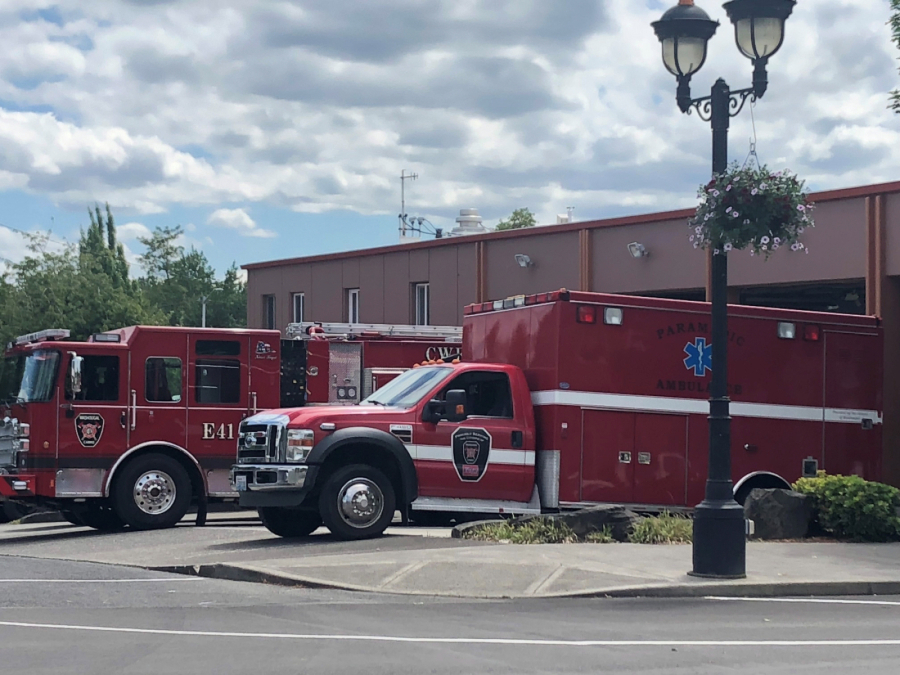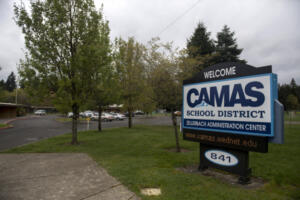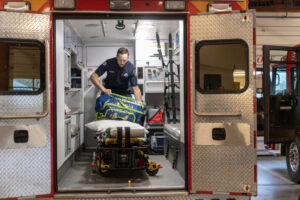The Camas City Council met with several department heads earlier this month to discuss some of the biggest issues facing the city in 2022 — including “unsustainable” staffing shortages at the Camas-Washougal Fire Department; the completion of Camas’ six-year Parks, Recreation and Open Spaces (PROS) Comprehensive Plan; and the possibility of subarea planning in the city’s historic downtown area.
The Council met remotely on Friday, Feb. 11, for the second day of its annual planning conference. The Feb. 11 meeting featured presentations from several city department heads, including Camas Parks and Recreation Director Trang Lam, Planning Manager Robert Maul and Camas-Washougal Fire Department Chief Nick Swinhart.





